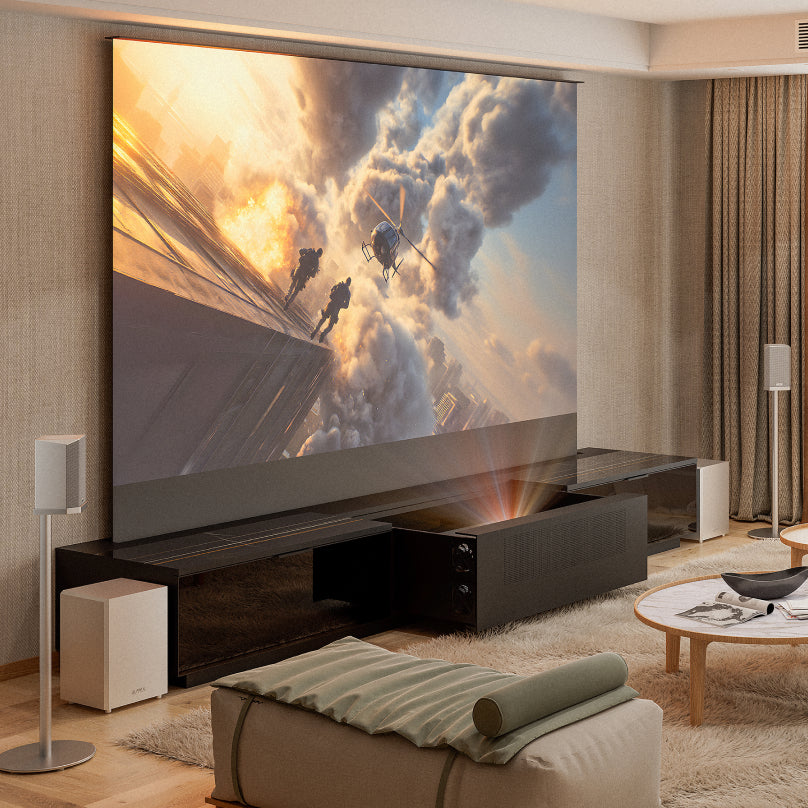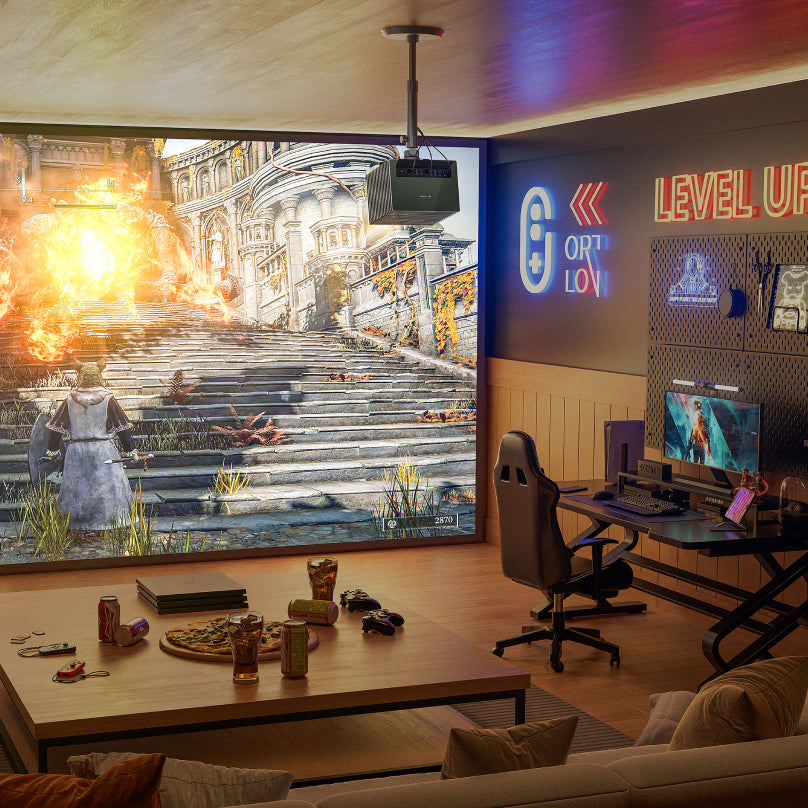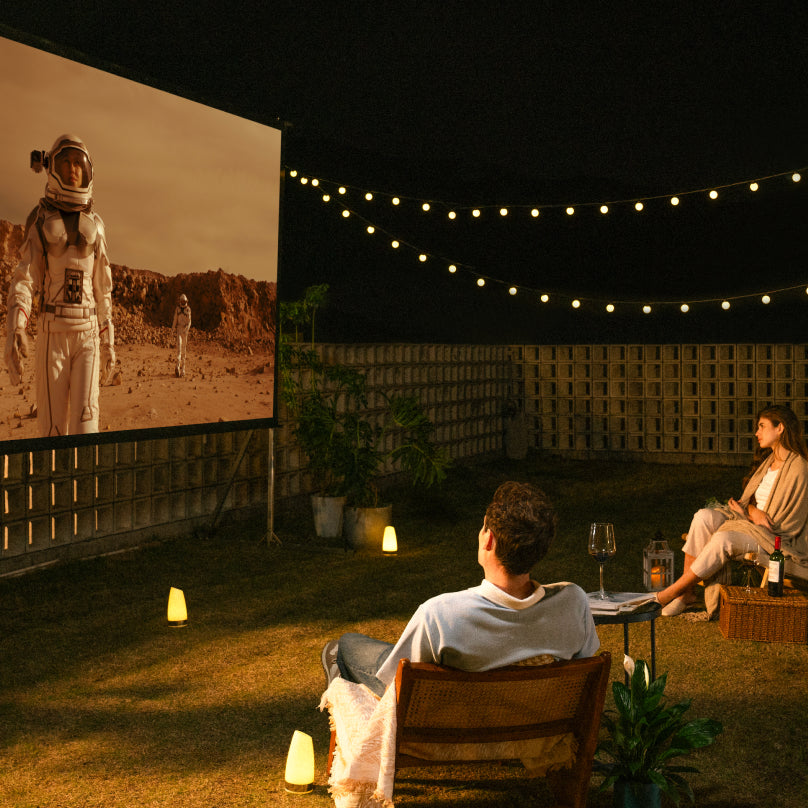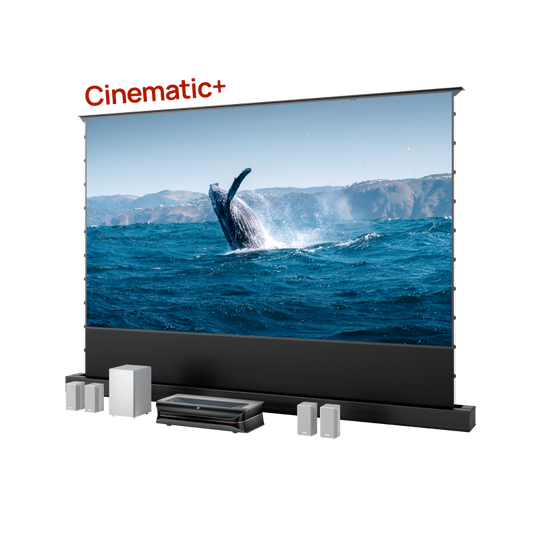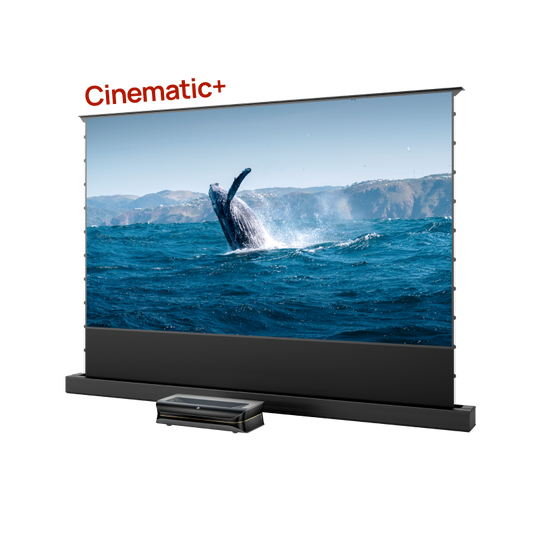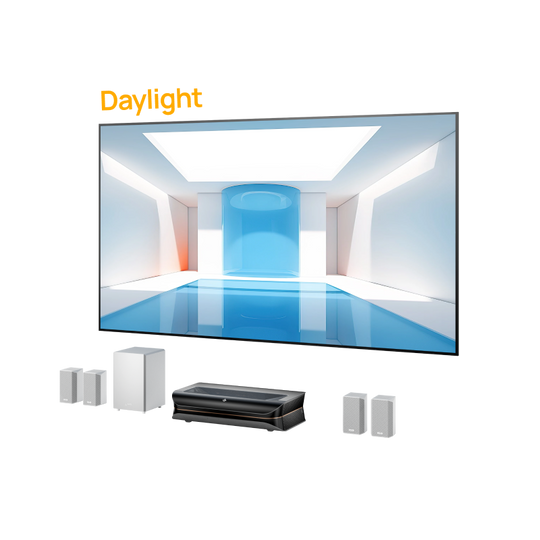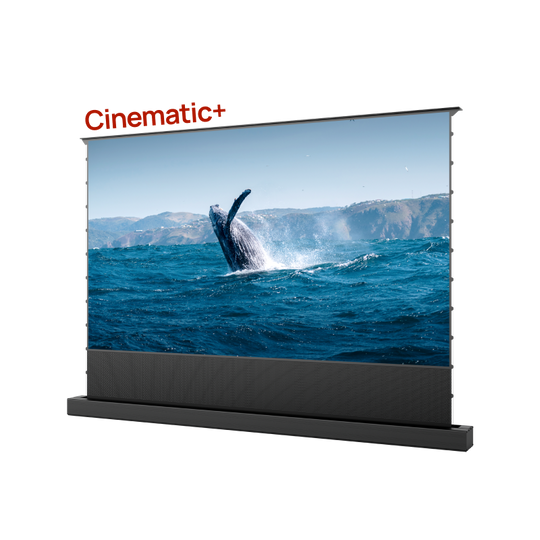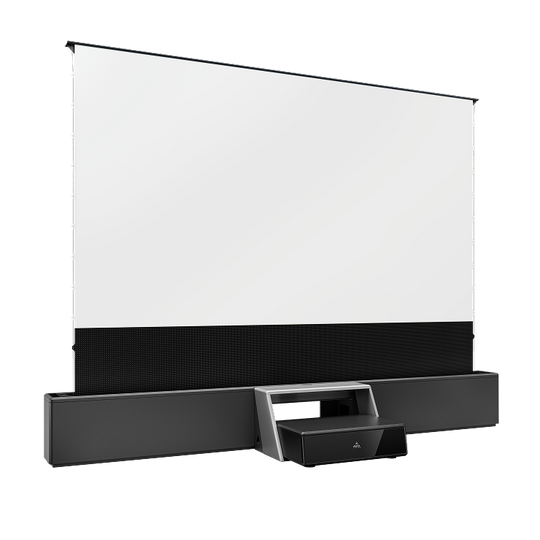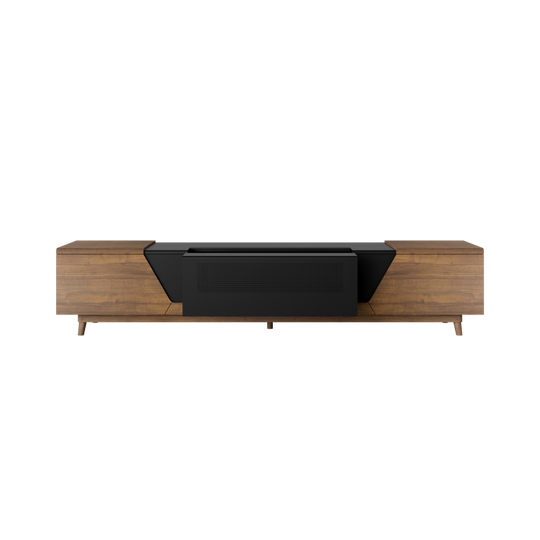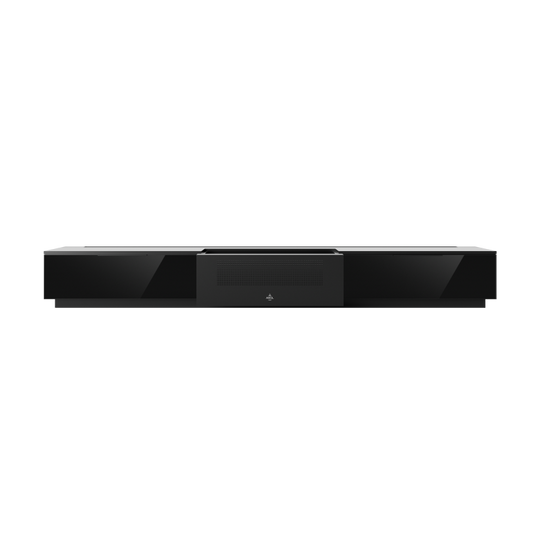When we watch movies, TV shows, play games, or present video projects in a home theater, our eyes perceive a seamless stream of images. However, these images are actually a series of frames captured by cameras, displayed at a speed measured in frames per second (FPS). But is a higher frame rate always better?
The ideal frame rate really depends on the context in which the content is viewed. For cinematic experiences, a lower frame rate like 24 FPS is often preferred because it mimics the traditional film look and provides natural motion. On the other hand, for activities requiring clarity in fast-moving images, such as gaming or dynamic presentations, a higher frame rate can be beneficial as it reduces motion blur and creates a smoother visual experience. Thus, the best frame rate varies by usage scenario, highlighting that more FPS isn't always superior, but should match the specific needs of the content.
What is Frame Rate?
Frame rate is the frequency at which frames are displayed and measured per second. In a specific speed, when images are displayed in an order, it provides an illusion of motion, whereby images are the frames and speed is the rate. With 24 fps means, in a second duration, 24 frames have been displayed to produce a motion.
So, what is frame rate? It has a significant impact on the viewing experience. Especially when buying a projector, which means different frame rates would affect how sharper and realistic the video would look. Generally, films are shot at 24 fps and are displayed at the same frame rate. This creates a cinematic experience as it replicates our real-life viewing experience. Whereas, if we want to play games, we may aim for higher frame rates in order to enjoy games, as they are often fast-paced.
Why Does Frame Rate Matter?
When we watch still images with spatial resolution, they look sharper, crispier, and more detailed. With moving images, many tests come forward. With a higher fps rate, many details in the images are lost, and with a lower fps rate, the motion gets slower.
While watching movies in a home theater, the frame rate matters for the viewing eye. It is because the brain comprehends the missing details in the motion picture. Slower fps appear uneven, and higher fps appear smooth and give a seamless viewing experience. Playing games at high frame rates increases sharpness and adds more frames in a second. As a result, it brings a deep, immersive gaming experience, quicker reactions, and fewer delays when pressing buttons to the actions displayed. Playing games needs a faster response; if the response time is slower, the player loses the game, and if the response time is faster, the chances of winning are higher.
Typically, different frame rates produce different viewing experiences, and this depends on factors such as how realistic and consistent the motion should be.
|
COMPARISON OF DIFFERENT FRAME RATES |
|
|
FRAME RATES |
PURPOSES |
|
24fps |
Streaming video content and classic video games, cinematic movies, home theater movies, TV shows |
|
30fps |
Live broadcasts, sporting events, soap operas, concerts |
|
60fps |
Smoother pictures, best with 4k / HD video game recordings, videos with lots of motions, eliminates motion blur |
|
120fps & Above |
Generates slow-motion videos, best for action-oriented games, and recording high-action sequence games. |
Note: *Considering internet connectivity is stable.
The Most Common Frame Rates for Movies
The film industry uses a minimum of 24fps as the standard frame rate for motion pictures. It is the minimum frame rate that the human eye recognizes as a motion is generated from a series of still images. 24fps gives a more cinematic look. Even if the frame rate is enhanced to 30fps, the difference is minimal but works better with digital media. Another important factor associated with 24fps is smaller file sizes, whereas higher frame rates have larger file sizes. 24fps is also a standard for TV programs because it looks more cinematic and natural.
If you still wonder what the frame rate for movies is, here are examples of movies that were shot at different frame rates but shown in cinemas by rendering in 24fps.
Choosing the Right Frame Rate for Your Projector
Projectors are becoming more vibrant for game lovers. It provides a great gaming experience and quicker response time. Especially when they want to play games on larger screens, which is more comforting than any other screen. Watching movies at home becomes essentially convenient and effortless by using a projector, which gives a theatrical and immersive viewing experience. Projectors minimize direct light exposure to viewers’ eyes, which results in less eye strain and long-term use of projectors.
When considering the best frame rate for a projector for watching home theater movies, playing games, or showing official video presentations, the ideal fps depends upon the application. So, what is the frame rate for your projector? The ideal or best frame rate for a projector is 30-60 frames per second, depending on the projection applications. The projector frame rate indicates the expectation of the video quality that viewers expect. The viewer interprets the motion of the video with the changes in the frames. If fewer frames are used, the motion of the video becomes disordered and uneven. It results in a poor viewing experience, but with a higher frame rate, the sequence motion of the video is intact and ordered, which produces a vibrant viewing experience. To enhance your experience, you can buy an AWOL Vision LTV-3500 Pro UST projector. It was developed by TV enthusiasts and is built-in with Ultra Short Throw Triple Laser technology. Yes! It is the largest TV in the world. AWOL Vision LTV-3500 Pro UST projector comes with a hassle-free setup, rich colors, affordable prices, and it is lightweight. Its LTV-3500 makes people’s dreams of having a home movie theater within their budget come true.
Conclusion
In a nutshell, a frame rate refers to a number of images that are displayed within a second. Frame rates vary from 30 fps to 60+ fps, depending on the viewing experience. 24 fps is generally ideal for movies and 60 fps for fast-motion games. So, if you plan to watch movies on your projector, go for the ones offering a frame rate below 30 fps. But, if you want to enjoy a video game, the projector offering a 60 fps frame rate is perfect for you.

